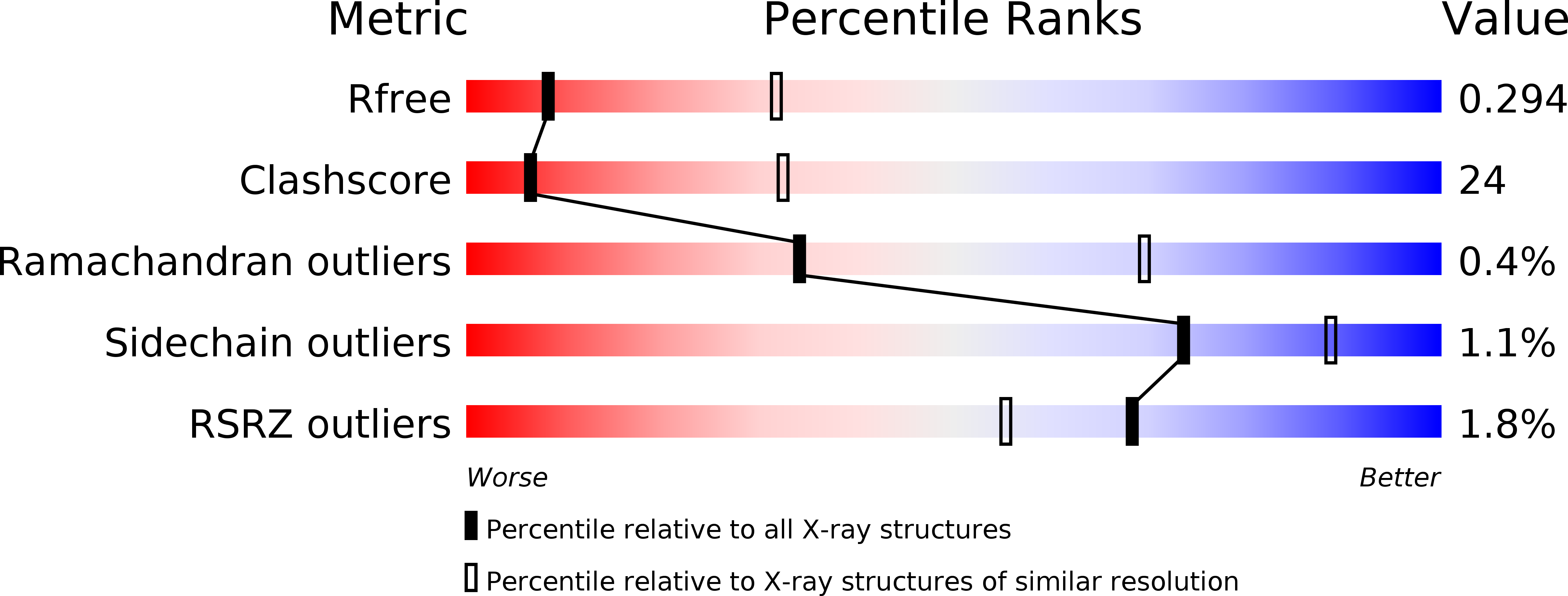
Deposition Date
2018-05-09
Release Date
2019-03-20
Last Version Date
2024-12-25
Method Details:
Experimental Method:
Resolution:
3.20 Å
R-Value Free:
0.29
R-Value Work:
0.24
Space Group:
P 31 2 1


